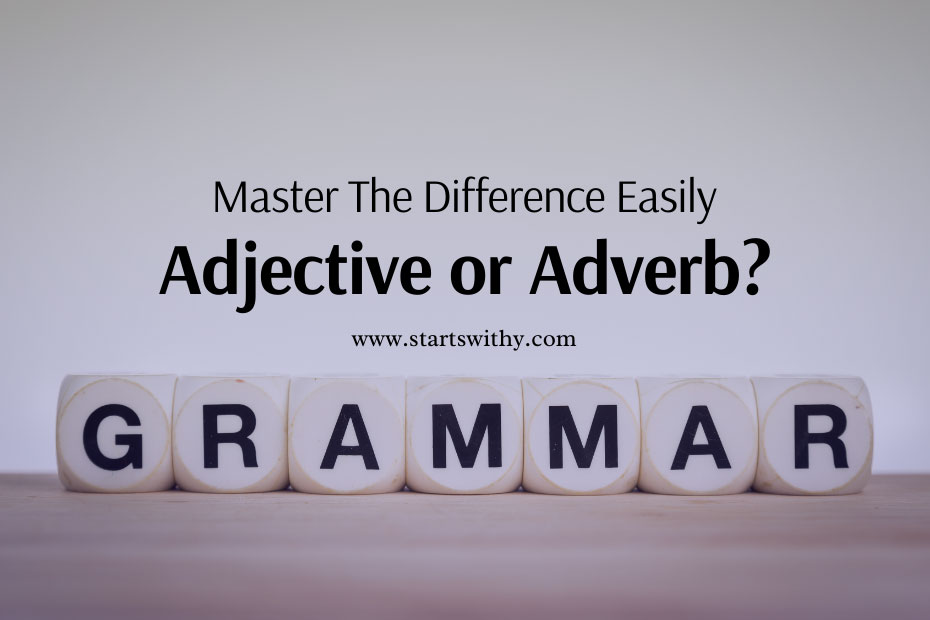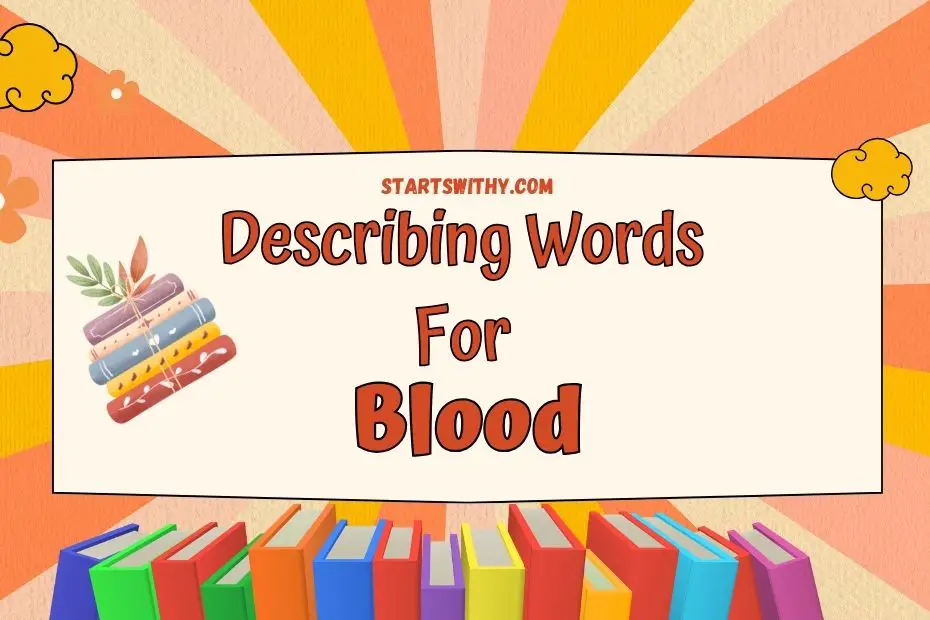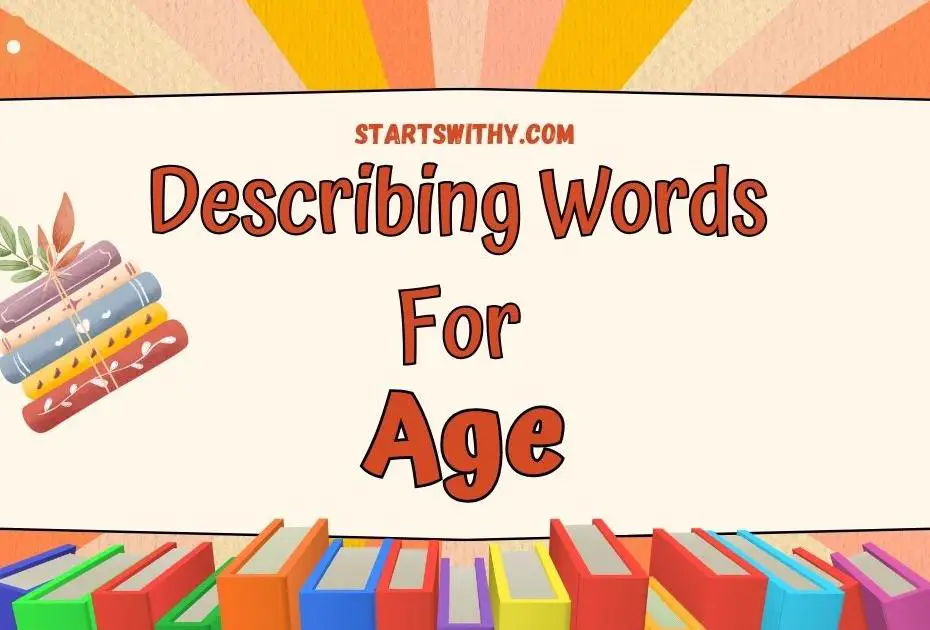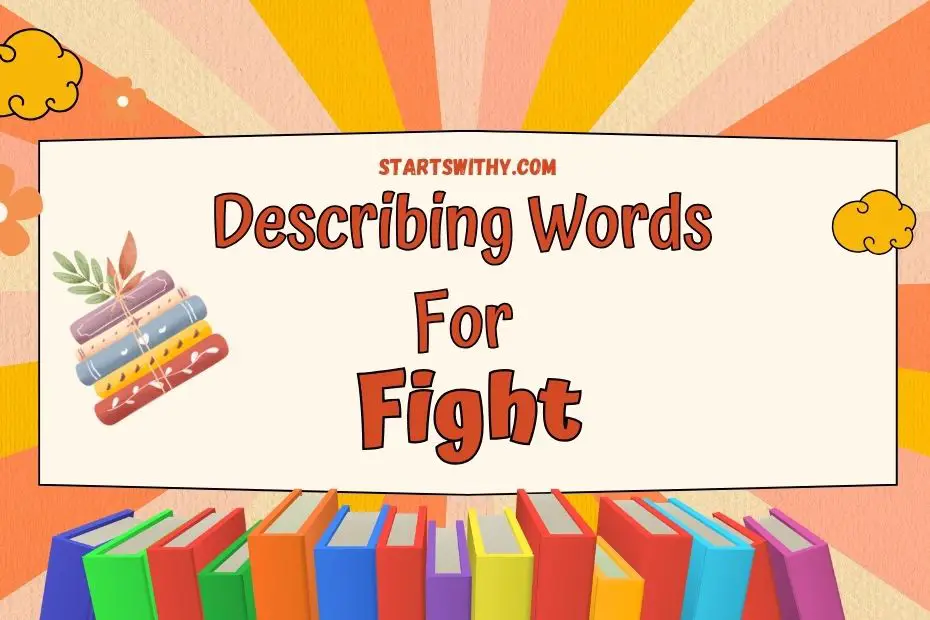Ever stumbled upon a sentence and paused, wondering if you should use an adjective or an adverb? You’re not alone. It’s a common speed bump in the road to mastering English. I’m here to guide you through the twists and turns of these two parts of speech.
Understanding the difference between adjectives and adverbs is crucial for writing clearly and effectively. Adjectives describe nouns, while adverbs typically modify verbs, adjectives, or other adverbs. But there’s more to it, and I’ll show you how to tell them apart with ease.
What are Adjectives and Adverbs?
When I delve into the realms of grammar, I find adjectives and adverbs form the backbone of descriptive language. Adjectives are like the spices that season a dish; they add flavor and zest to a noun or pronoun. Simply put, they describe and give more information about the subject of a sentence.
Consider the word ‘whisper’. On its own, it’s a noun. Now, add ‘quiet’ in front of it, and magically you have ‘quiet whisper’, with ‘quiet’ being the adjective giving you a strong mental image of the sound level. Adjectives answer questions like “Which one?”, “How many?”, or “What kind?”. Think of words such as “small”, “blue”, “excited” – each of these provides a clearer picture of the nouns they qualify.
Adverbs, on the other hand, are the chameleons of the language; they change and adapt to modify not just verbs, but adjectives and even other adverbs too. They often end in ‘-ly’, making them easy to identify, but watch out, there are plenty that don’t follow this pattern. Words like ‘slowly’, ‘happily’, and ‘gracefully’ are adverbs because they describe how something is done. Adverbs answer the questions “How?”, “When?”, “Where?”, or “To what extent?”.
For example, take the sentence “She sang beautifully”. The adverb ‘beautifully’ tells us how she sang, transforming a simple action into a vivid performance.
When teaching young minds, it’s essential to use clear examples. Let’s contemplate the following:
- The quick brown fox jumps quietly over the lazy dog.
In the sentence above, “quick” describes the fox – it’s an adjective. Meanwhile, “quietly” tells us how the fox jumps – it’s an adverb.
Understanding the nuances between adjectives and adverbs creates a foundation for children to express themselves with precision. I craft lessons to include a mix of straightforward examples and engaging activities that reinforce this understanding, ensuring the line between these two parts of speech becomes second nature to them.
Adjectives: Describing Nouns
When I’m crafting lessons for my preschool class, I always emphasize the beauty of adjectives. These words carry the magic that transforms a simple noun into something vivid and special. Adjectives give color, shape, and emotion to the nouns they describe, offering my students a paintbrush to illustrate their thoughts.
For example, when we talk about a ‘ball’, it’s just an ordinary object. But once we add adjectives, that ball can become a ‘big, red ball’, sparking more interest and imagination among the children. These descriptive words help my little learners to not only better understand the nouns but also to express themselves more clearly.
Here’s how I guide my students to recognize adjectives in a sentence:
- I ask them to find words that tell us what kind, like ‘fluffy’ in ‘fluffy kitten’.
- I encourage them to look for words that show which one, such as ‘third’ in ‘third cookie’.
- I teach them to identify words that express how many, like ‘five’ in ‘five marbles’.
These pointers allow for a structured approach to learning, as they categorize adjectives based on their descriptive function. They also aid in fostering a deeper comprehension of how language works, which is crucial at this formative stage of learning.
By introducing adjectives through playful activities and visual aids, I ensure that the little ones not only memorize the words but also understand their usage. We might decorate a ‘tall, green tree’ during a craft session or describe the ‘sweet, cold ice cream’ we pretend to sell in our play shop. These activities nurture an engaging and dynamic learning environment where adjectives shine as fundamental building blocks of language.
In everyday interactions, I am always on the lookout for teachable moments to highlight adjectives around us, whether we’re reading a storybook or exploring the playground. This method of constant reinforcement embeds adjective recognition into the natural language development of my students.
Understanding the role of adjectives is an essential step towards mastery of language. As kids start to grasp the concept, they begin to see words not just as sounds or symbols, but as tools to convey their world in rich and colorful ways.
Adverbs: Modifying Verbs, Adjectives, and Adverbs
When I introduce the concept of adverbs to my class, I emphasize their multifaceted role in language. Adverbs are the chameleons of the grammar world, subtly changing the meaning of verbs, other adverbs, and even adjectives. It’s crucial for young learners to grasp how adverbs can alter sentences to express how, when, where, and to what extent an action takes place.
Take the word “quickly” for instance. It’s a simple adverb that can demonstrate the idea effectively:
- She runs quickly. (How does she run?)
- She runs very quickly. (To what extent does she run quickly?)
- She runs quickly and quietly. (How does she run, and what other manner is involved?)
In each example, “quickly” modifies a different part of speech, showing its versatility. As a preschool teacher, I find picture books and storytelling sessions invaluable in highlighting these subtle changes in meaning. I point out adverbs in sentences and ask children to describe the action depicted in the illustrations. This visual association helps cement their understanding of adverbs.
One method I employ is the “Adverb Walk,” where kids act out actions using adverbs I call out. For example, I might say, “Walk quickly,” and then “Walk incredibly quickly.” Here they notice not just the action, but the degree of intensity too, bringing an abstract concept into the physical world in a way they can understand and enjoy.
My lessons also incorporate a range of activities that have children pairing adverbs with verbs, finding adverbs in texts, and even creating their own sentences with adverbs. This hands-on experience is essential for making the distinction between adjectives and adverbs second nature. As these early language skills are honed, children begin to communicate more effectively and with greater variety, opening up new avenues for expression and understanding.
The -ly Rule: Adverbs and Their Formation
When teaching the nuances of grammar to young learners, simplicity is key. I’ve found that one of the most straightforward rules to remember is the -ly rule for forming adverbs. This handy guideline helps children identify and use adverbs appropriately in sentences.
Adverbs often end in -ly, which is a telltale sign of their role in modifying verbs, adjectives, or other adverbs. For instance, take the adjective “quick.” By adding an -ly, it becomes “quickly,” an adverb that can describe how someone or something is moving. Preschool and kindergarten teachers can reinforce this concept through engaging activities that involve altering adjectives to adverbs, and vice versa.
Here are some examples:
- Slow becomes slowly
- Happy becomes happily
- Graceful becomes gracefully
I’ve observed that children are more likely to remember this rule when they see it in action. Creating word lists or matching games with adjectives and their adverb counterparts is an excellent method to solidify their understanding.
It’s important to note, however, that there are exceptions to the -ly rule. Words like “hard,” “fast,” and “late” serve as both adjectives and adverbs without needing a transformation. I make it a point to discuss these irregularities early on to prevent confusion later.
During storytelling sessions, I emphasize adverbs by using expressive gestures and varied tones to coincide with the adverbs being used. It brings the lesson to life and helps students intuitively grasp the emotional or physical nuances that adverbs contribute to language.
I encourage teachers to create fill-in-the-blank exercises where students can practice inserting the correct -ly adverb. They could also write short stories where they focus on adding descriptive adverbs, thus enhancing their word choice and storytelling abilities.
How to Identify Adjectives and Adverbs in a Sentence
When teaching the intricacies of language to young minds, pinpointing adjectives and adverbs becomes essential. I’ve developed techniques that help educators guide students through this process with ease. Recognizing adjectives usually involves locating words that describe nouns. These descriptors answer questions such as “Which one?” “What kind?” and “How many?” Adjectives typically sit right before the nouns they modify, though they can also follow linking verbs. Here’s a straightforward strategy I use:
- Look for a word that is describing a person, place, or thing.
- Check if that word tells you more about size, color, shape, or quantity.
- Confirm it’s not modifying a verb; if it is, it’s likely an adverb.
Understanding adverbs, I find, is similarly intuitive when students know what to hunt for. Adverbs modify verbs, adjectives, and even other adverbs. They often answer the questions “How?” “When?” “Where?” and “To what extent?” To identify adverbs within a sentence, check if a word changes or enhances how an action is performed. However, keep in mind that not all adverbs end in -ly!
Let’s break down these identifiers into an activity checklist:
- Pinpoint the action or verb in the sentence.
- Use the questions above to see if another word modifies this verb.
- Remember that adverbs are not just about manner but also time, place, and frequency.
For example, take the sentence: She quickly ran to the bright, yellow house. ‘Quickly’ is an adverb modifying the verb ‘ran,’ telling us how she ran. Meanwhile, ‘bright’ and ‘yellow’ are adjectives modifying ‘house,’ painting a more vivid picture of it.
Integrating these concepts into classroom activities can be as simple as creating color-coded charts or sentence construction games. It’s vital to use a blend of visual aids and interactive exercises to maintain engagement. In my experience, the use of tangible objects like colorful word cards or interactive digital platforms can solidify a child’s understanding of adjectives and adverbs.
Remember, practice makes perfect. The more children engage with language, the sharper their skills become. So never pass up the chance to integrate these language lessons into your curriculum. With a touch of creativity, you’ll see kids beginning to naturally distinguish between adjectives and adverbs in no time.
Conclusion
Mastering the distinction between adjectives and adverbs is essential for crafting clear and effective prose. I’ve shared techniques and strategies that can help you identify each in your writing. Remember, asking the right questions and applying these methods will make the process intuitive over time. It’s also vital to incorporate these lessons into everyday learning for those teaching the concepts. With consistent practice and a dash of creativity, you’ll find yourself using adjectives and adverbs with confidence and precision. Keep at it, and you’ll see your writing improve by leaps and bounds.



